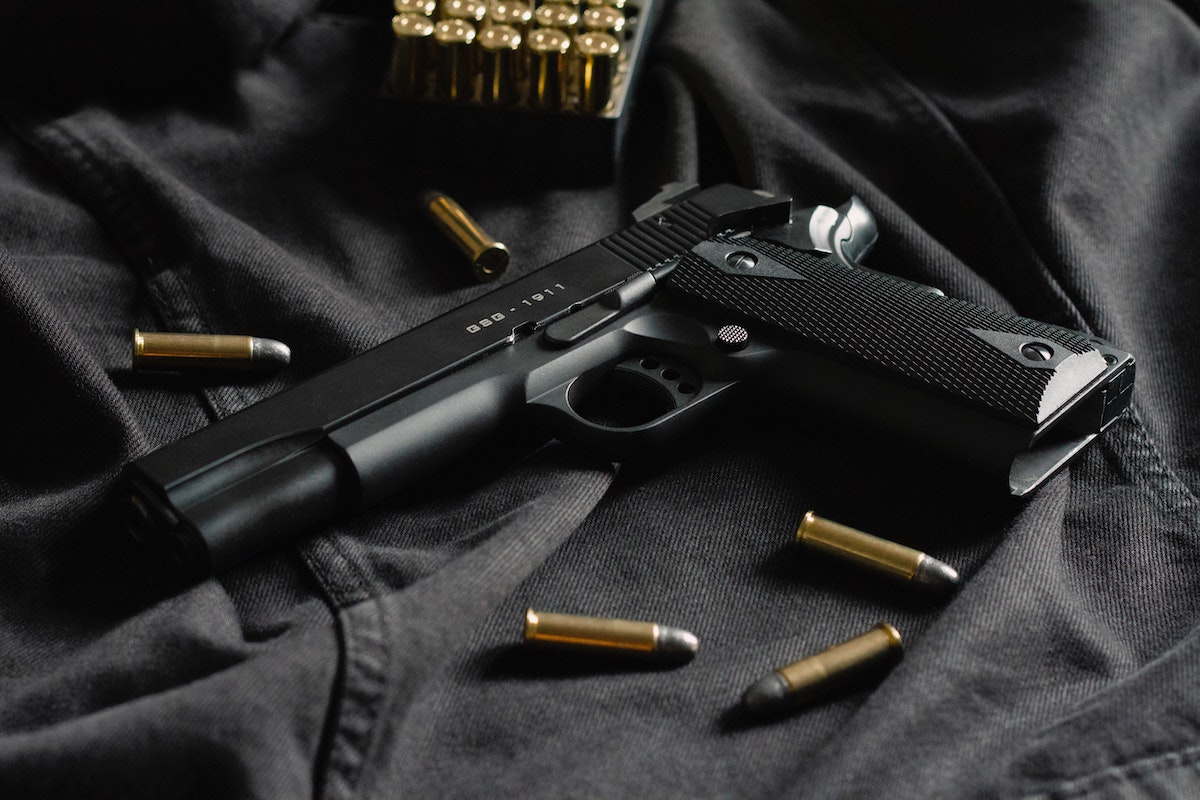Many gun enthusiasts, particularly black rifle users, use polymer and aluminum receiver blanks for the purpose of building a firearm, such as an AR15 or glock, from the comfort of their own home, meaning that they do not have to be serialized or registered. Sometimes also referred to as an 80 percent lower, an 80 lower receiver is not considered to be, in a legal perspective, a firearm when being purchased.
What an 80 lower is, is a blank receiver – an inoperable and incomplete firearm that cannot be made operational without further fabrication. For instance, without being finished, an 80 lower cannot accept a parts kit or trigger and so it cannot be made to fire. Due to this fact, an 80 lower and all other types of blank receivers are not considered to be firearms by the Bureau of Alcohol, Tobacco, and Firearms (ATF).
The Advantages
In comparison to purchasing a receiver with a stripped lower, there are a number of benefits to both purchasing and building up an 80 lower for a glock. These include it not being considered as a firearm, not having to have an FFL to purchase one, it is shipped straight to your door, no background is required to build one up, it does not need to be serialized, and it does not need to be registered. If these avantages sound encouraging and you want to buy an 80 lower yourself, then you can Find a glock 80 lower at 80percentarms.com
It is important to be aware that some of the laws surrounding the above advantages vary from state to state, For example, in California there is the need for you to get a serial number for the 80 lower and to submit a background check also. This is why it is important to check local laws before making a purchase.
Different To A Stripped Lower
Whereas a stripped lower receiver is considered as a firearm, an 80 lower is of course not. A stripped lower can straight away accept an upper receiver assembly, buffer system, and lower parts kit. However, in order to complete an 80 lower and make it functional, the hammer pin hole needs to be drilled, the trigger pin hole needs to be drilled, the safety selector lever hole needs to be drilled, and the fire control group capacity needs to be machined.
What comes pre fabricated with an 80 lower includes the bolt catch, the pistol grip hole, the magazine well, the magazine release, the buffer detent hole, the trigger guard pin holes, the upper receiver rear lug pocket, the front and rear takedown holes, the buffer tube threads and housing.
Purchase Decision
Not all 80 lowers that are currently available on the market are made equal. Due to the fact that they do not come under ATF regulations, there is nothing stopping some manufacturers from simply getting their hands on some aluminum and start putting out units.
Some of the things to look out for when making a purchase include engravings, external dimensions, fitment, and parts compatibility.
Photo by Thomas Def on Unsplash


